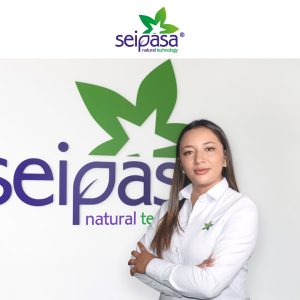
Dayana Barrantes, Technical Development Specialist in Seipasa LATAM, explains the strengths of the new biocontrol registration that Seipasa has just obtained in Colombia.
1. What risks does monalonion pose to avocado growers and what damage can it cause to the crop?
In general, monalonion is a major pest that directly affects the crop and causes very significant yield losses. It is a pest that attacks the crop at the fruit set stage and causes direct damage to the fruit. The most visible symptoms are a series of circular, oily brown spots, which later turn black. This makes the fruit completely unusable for the export market, which is the most profitable for growers.
Monalonion is a pest that attacks avocados mainly at the fruit-set stage, so growers have few options for controlling it using chemical molecules because of the presence of residues in the fruit.
Traditional biorationals can also be used, but growers face the problem of low efficacy.
2. What are the strategies used to control the disease in Colombia?
The strategies generally used are an integrated management of biological products, extracts and chemical molecules. One of these is the use of malathion, which has given good control of the insect. However, it has a high risk of resistance, precisely because of the limited options available to the farmer at the time of application.
Another disadvantage of malathion is that it has a high residual level, which is not only detrimental to the consumer but also to the grower, who runs the risk of being put out of business if the fruit is analysed.
There is also the possibility of using extracts that act as repellents, although they do not guarantee 100% protection of the fruit.
3. What added value does the new registration of Pirecris against this pest bring to avocado growers?
First of all, I would like to highlight two fundamental values: efficacy and the absence of chemical residues in the fruit. Pirecris is a broad-spectrum insecticide developed with 100% natural ingredients. 100% of the formulation is designed to act as an active ingredient and this allows us to ensure a powerful shock effect.
Moreover, Pirecris is a product that avoids the risk of resistance due to its composition. The fact that it is an IRAC 3A product means that it can be rotated with other molecules used in integrated management. I think it is very important to highlight this advantage because Pirecris is a new organic rotation alternative that can be used in all harvest periods.
In terms of zero residuals, growers can apply Pirecris immediately before harvest without any risk of residues appearing on the fruit, as Pirecris has a 0-day withdrawal period.
4. Tell us about the management of the product and its inclusion in integrated management strategies.
Pirecris is a product that can be incorporated into integrated pest management. As it is an organic product, it acts by contact, so we recommend that it be applied with adjuvants that help us to improve the distribution of the product to achieve direct contact with the insect and, subsequently, its control.
It is a product that can be mixed with most fungicides and insecticides on the market and, thanks to its Sun Protect technology, it can be used at any time of day.
5. What is the effectiveness of the product, both in the trials carried out and in the farms where it has been used this season?
There is a project that we have been developing for several years in the municipality of Aguadas, in the region of Caldas, which is one of the most important avocado growing and production areas in Colombia. In this area, we have a field experiments of more than 90%, results that have excited the growers and technicians in the area, who did not expect a biological product to be able to achieve such high levels of efficacy. As a result, Pirecris has generated a great deal of confidence and has been very well received by the entire agricultural industry from the outset.
Source- Seipasa


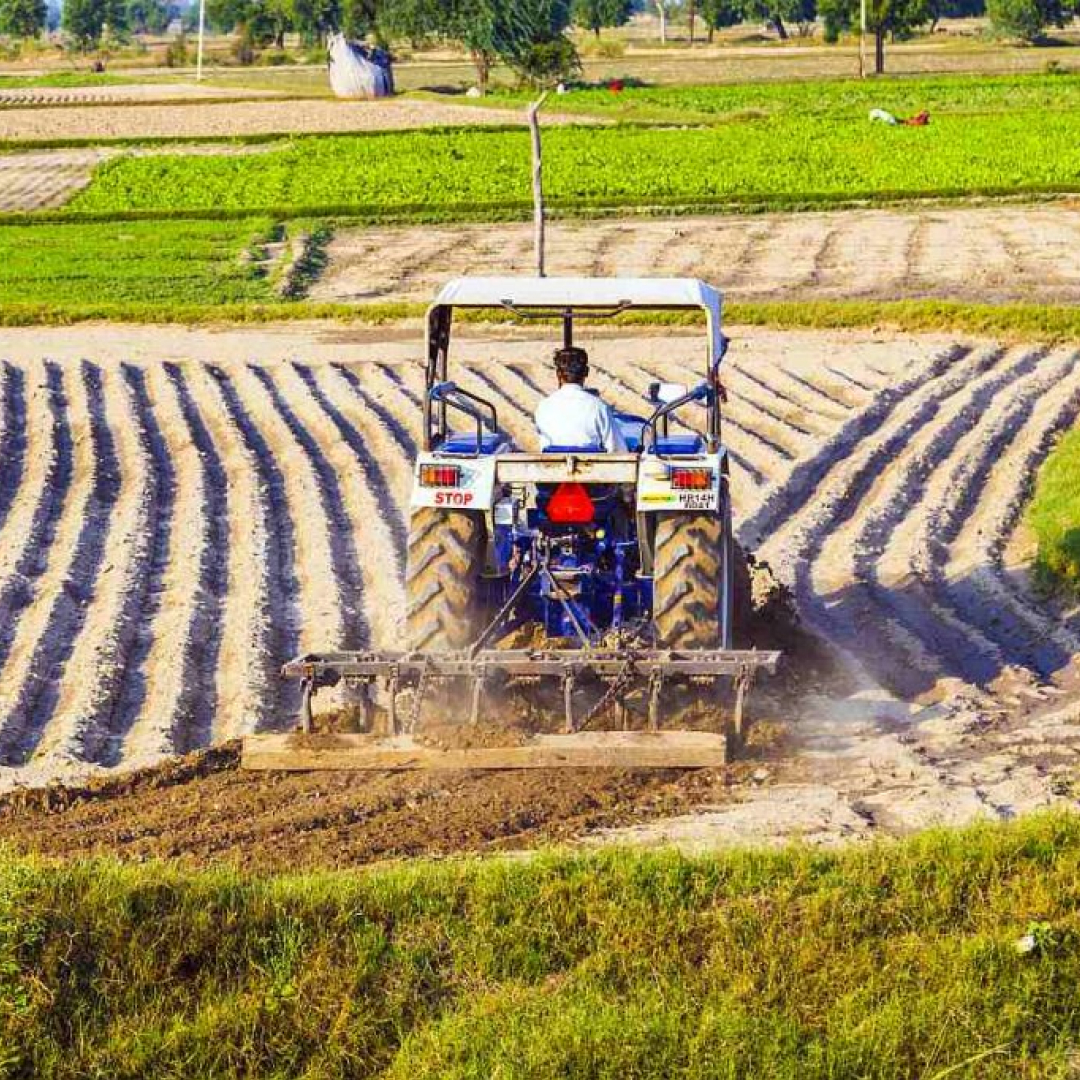
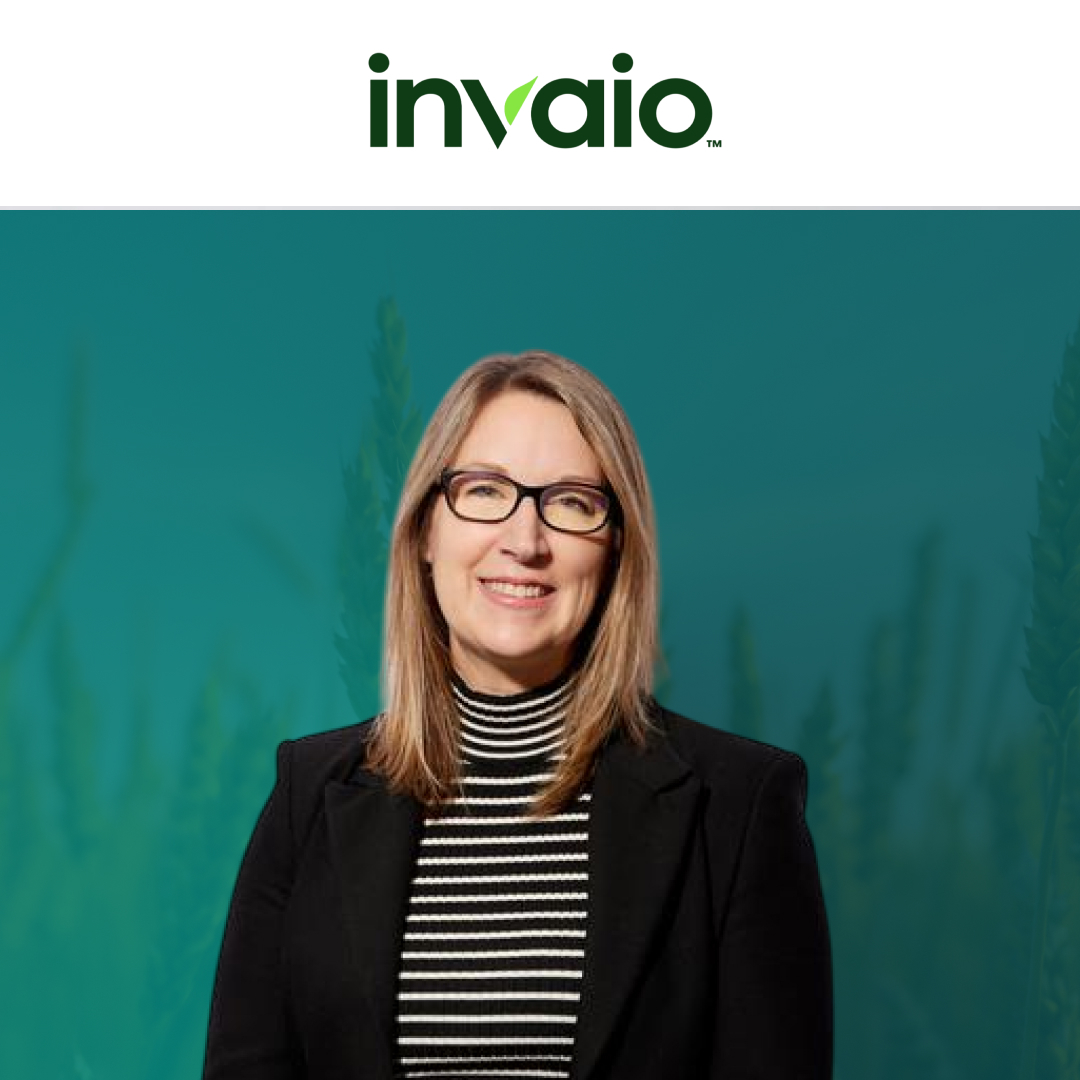
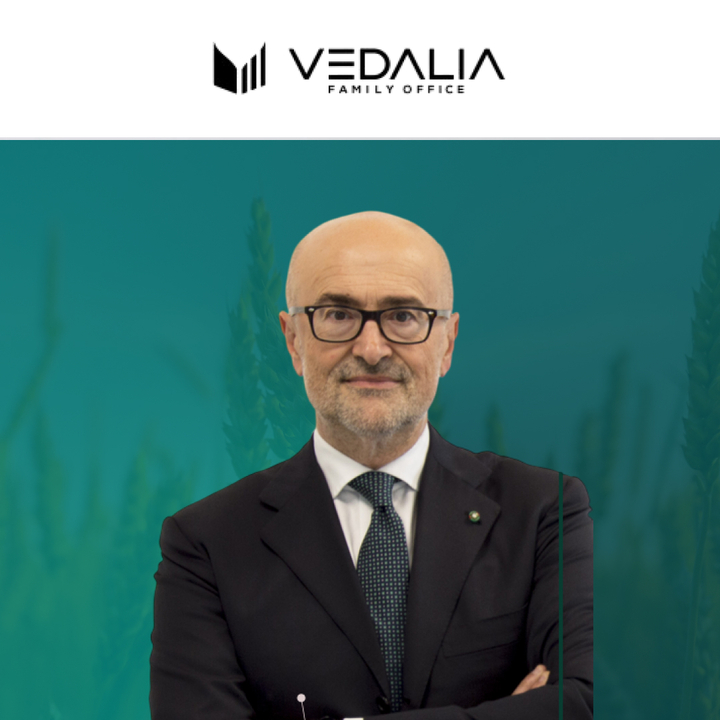
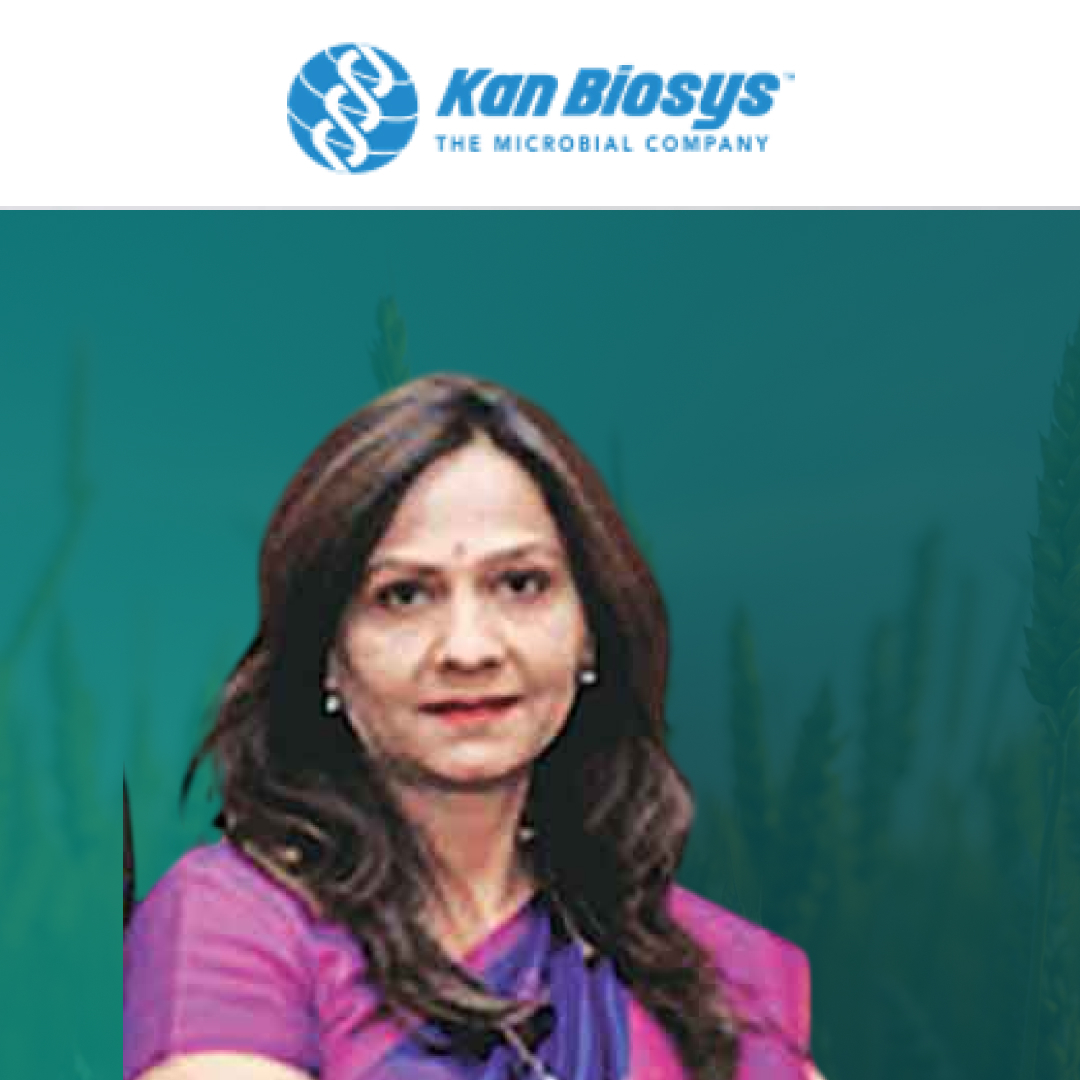
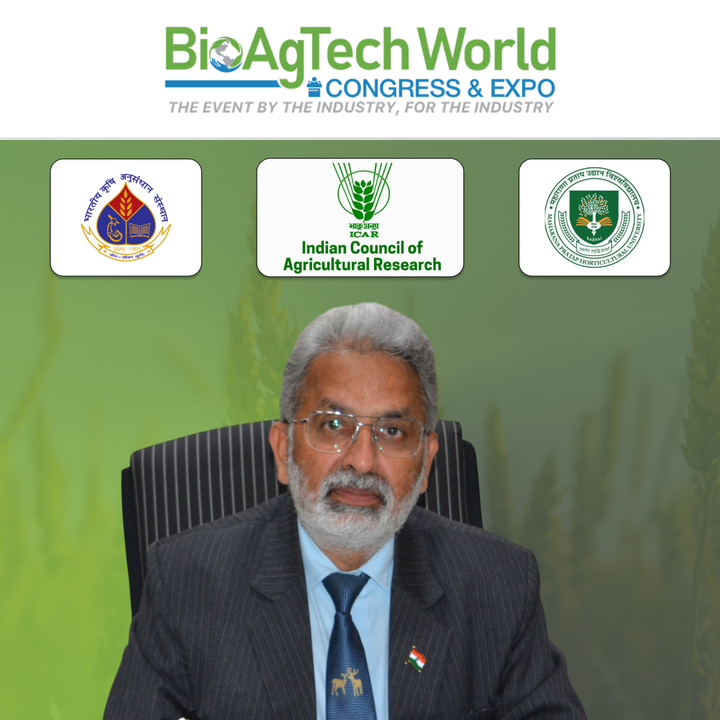
Leave a Reply